Red Borneo Kratom is a unique strain of the Mitragyna speciosa tree, native to the island of Borneo. This tropical...
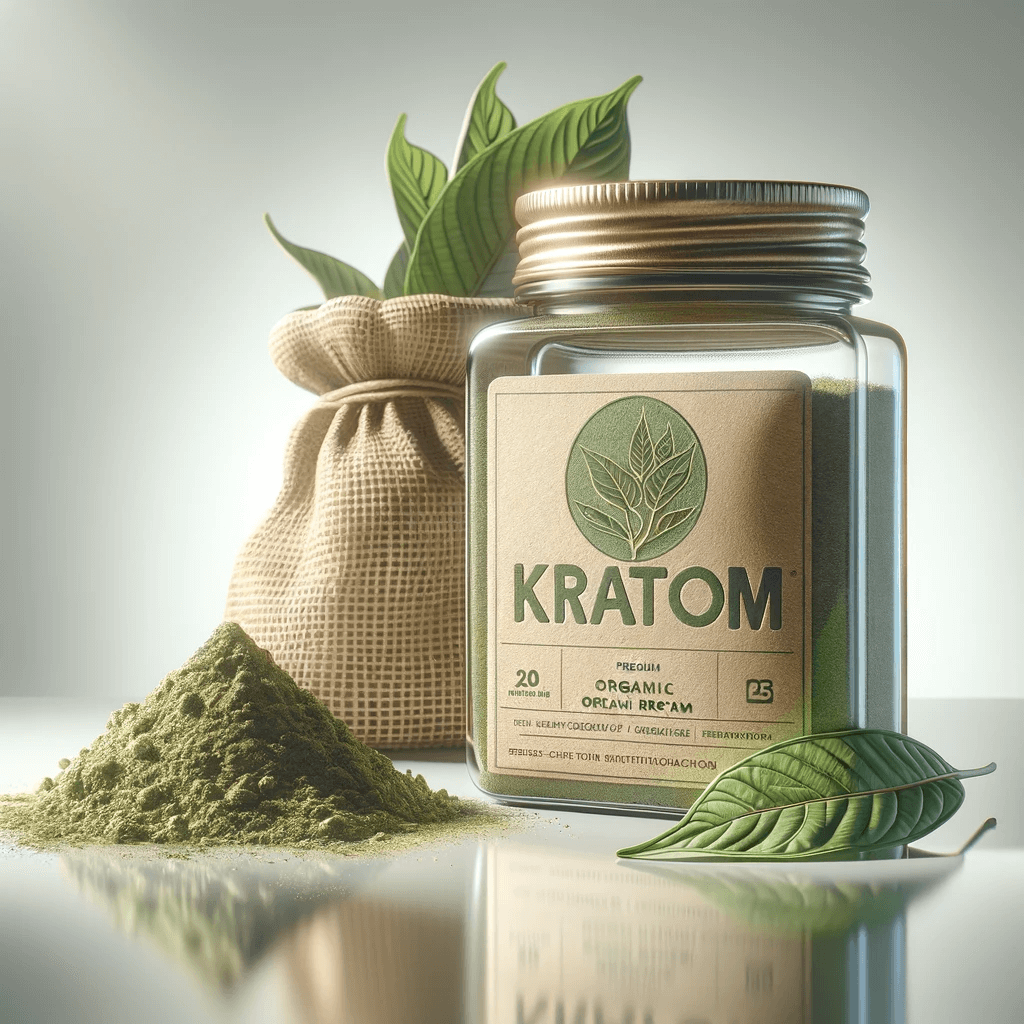
Kratom vs. Akuamma: A Comparative Exploration of Origins, Active Compounds, Effects, and Legal Status
What Are the Differences Between Akuamma and Kratom?
Akuamma and Kratom are two botanicals that have gained attention for their potential therapeutic properties, but they differ significantly in their origins, uses, and effects. Understanding these differences is crucial in determining which one might be the better choice for individual needs.
Where Do Akuamma and Kratom Originate From?
Akuamma (Picralima nitida) is a plant native to West Africa, particularly in countries like Ghana, Nigeria, and Cameroon. It has a long history of traditional use in these regions, where the seeds have been utilized for their medicinal properties. Akuamma seeds have been used in West African folk medicine to address a variety of ailments, including pain, fever, and digestive issues.
On the other hand, Kratom (Mitragyna speciosa) is indigenous to Southeast Asia, primarily found in countries like Thailand, Malaysia, Indonesia, and Papua New Guinea. Kratom has a rich cultural heritage in these regions, where the leaves have been used for centuries as a traditional remedy for various health conditions, such as pain, fatigue, and opioid withdrawal.
How Are Akuamma and Kratom Consumed?
Akuamma seeds are typically consumed in powder or capsule form, although some traditional preparations involve boiling the seeds in water to create a tea-like beverage. The powder can be mixed with water, juice, or other liquids, and the capsules offer a convenient and pre-measured way to consume Akuamma.
Kratom, on the other hand, is most commonly consumed by brewing the dried leaves into a tea, although powdered Kratom is also available for oral consumption. Some users also choose to consume Kratom by chewing the fresh or dried leaves, or by mixing the powder into food or drinks. The specific preparation method can vary depending on personal preference and cultural traditions.
What Are the Effects of Akuamma and Kratom's Alkaloid Profiles?
The effects of Akuamma and Kratom are largely attributed to their unique alkaloid profiles. Akuamma seeds contain a variety of alkaloids, including akuammine, akuammicine, and akuammidine, which are believed to contribute to its potential analgesic (pain-relieving), anti-inflammatory, and antimalarial properties.
Kratom, on the other hand, is known for its primary active alkaloids, mitragynine and 7-hydroxymitragynine, which interact with opioid receptors in the brain, producing effects that can range from stimulant-like to sedative-like, depending on the dose. At lower doses, Kratom may have more energizing and mood-enhancing effects, while higher doses can lead to more sedative and analgesic effects.
It's essential to note that the specific effects of both Akuamma and Kratom can vary significantly among individuals, as they may be influenced by factors such as individual physiology, dose, and method of consumption.
What Legal and Safety Considerations Should Be Taken Into Account?
The legal status of Akuamma and Kratom varies across different regions and countries. In the United States, Akuamma is not currently regulated at the federal level, but some states have implemented restrictions or bans on its possession and sale. Kratom, on the other hand, has a more complex legal landscape, with some states and countries having banned or regulated its use, while others have maintained its legality.
Regarding safety, both Akuamma and Kratom have the potential for side effects, particularly when consumed in high doses or combined with other substances. Common side effects may include nausea, dizziness, constipation, and in some cases, more serious adverse reactions. It is crucial to consult with a healthcare professional, especially for those with existing medical conditions or who are taking other medications, to ensure the safe and responsible use of these botanicals.
How Can One Make an Informed Choice Between Akuamma and Kratom?
When deciding between Akuamma and Kratom, it's essential to consider your individual needs, preferences, and the potential benefits and drawbacks of each botanical. Factors to consider may include:
-
Desired effects (e.g., pain relief, mood enhancement, energy boost)
-
Legal status in your location
-
Personal tolerance and sensitivity to different alkaloids
-
Potential side effects and interactions with medications or pre-existing conditions
-
Personal experience and familiarity with each botanical
It's also important to research reputable vendors, ensure the quality and purity of the products, and start with low doses to gauge individual reactions. Consulting with a healthcare professional can provide valuable guidance and help you make an informed decision that aligns with your personal health goals.
FAQs: Addressing Common Queries
Is It Safe to Use Akuamma and Kratom Together?
The safety of combining Akuamma and Kratom is not well-established, and it is generally recommended to avoid using these botanicals simultaneously. While there is limited research on the potential interactions between Akuamma and Kratom, the combination could potentially lead to amplified or unpredictable effects, as well as an increased risk of adverse reactions.
It's crucial to exercise caution and refrain from combining Akuamma and Kratom without first consulting a healthcare professional. They can provide guidance on the potential risks and assist in determining whether such a combination is appropriate for your individual needs and health status.
How Should Beginners Approach Akuamma or Kratom?
For those new to Akuamma or Kratom, it is essential to start with small, low doses and gradually increase as needed. This approach allows you to gauge your individual tolerance and sensitivity to the botanical, minimizing the risk of adverse effects.
When using Akuamma, it is generally recommended to begin with a dose of 500-1000 mg and observe the effects. If well-tolerated, you can gradually increase the dose in small increments until the desired effects are achieved.
For Kratom, the recommended starting dose for beginners is typically 1-2 grams of the dried leaf powder. It's crucial to start at the lower end of the range and wait for the effects to be felt before considering a higher dose. Kratom can have a wide range of effects, depending on the dose, so it's essential to be cautious and patient when exploring its use.
Regardless of the botanical, it's significant to listen to your body, monitor your reactions, and adjust the dose accordingly. Consulting with a knowledgeable healthcare provider can also provide valuable guidance on the safe and responsible use of Akuamma or Kratom, especially for those with pre-existing medical conditions or who are taking other medications.
Where Should One Buy Akuamma and Kratom?
When purchasing Akuamma and Kratom, it is essential to source them from reputable and reliable vendors. This helps ensure the quality, purity, and safety of the products.
For Akuamma, look for vendors that are transparent about their sourcing, processing, and testing methods. Seek out vendors that provide third-party laboratory test results to verify the purity and potency of their products.
Similarly, when buying Kratom, research the vendor's reputation, and certifications. Reputable Kratom vendors often have their products tested by independent laboratories.
Avoid purchasing Akuamma or Kratom from unverified sources, as these products may be contaminated or of unknown quality, which can increase the risk of adverse effects. It's also crucial to be aware of the legal status of these botanicals in your area and to comply with all applicable laws and regulations.
The Bottom Line: A Personal Health Decision
Choosing between Akuamma and Kratom is a highly personal decision that should be made with careful consideration of your individual needs, preferences, and health goals. Both botanicals have unique properties and potential benefits, but the decision ultimately depends on your specific situation and the guidance of a healthcare professional.
It's essential to thoroughly research and understand the origins, effects, legal status, and safety considerations of both Akuamma and Kratom before making a choice. Educating yourself and consulting with experts, you can make an informed decision that aligns with your personal well-being and supports your overall health and wellness objectives.
Remember, the responsible and safe use of these botanicals is of utmost importance. Respect the potential risks, start with low doses, and monitor your reactions closely. With the right approach and guidance, Akuamma or Kratom may become a valuable addition to your health and wellness routine.
Speakeasy Kratom offers a high-quality Kratom product. They source their Kratom from the dense forests of Southeast Asia. Speakeasy Kratom ensures that their product is all-natural and unadulterated, containing no filler ingredients.








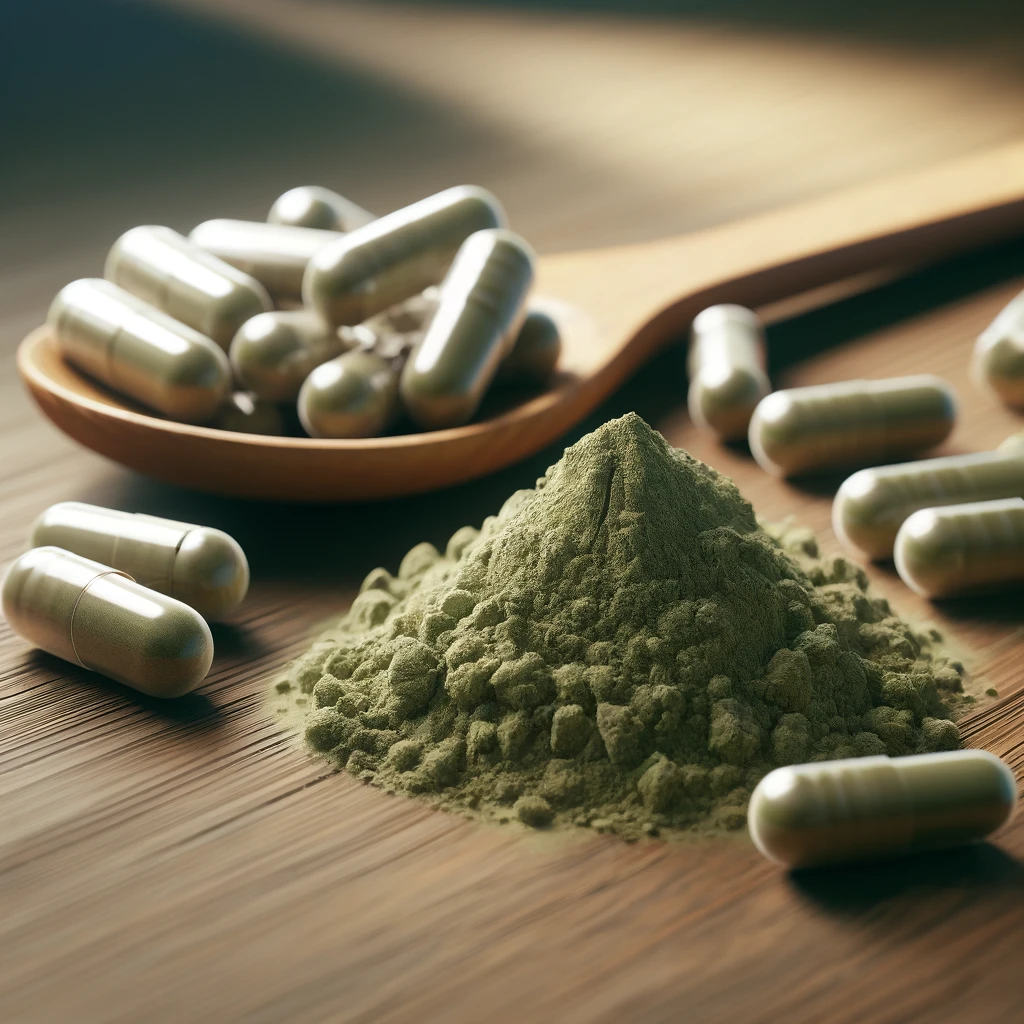


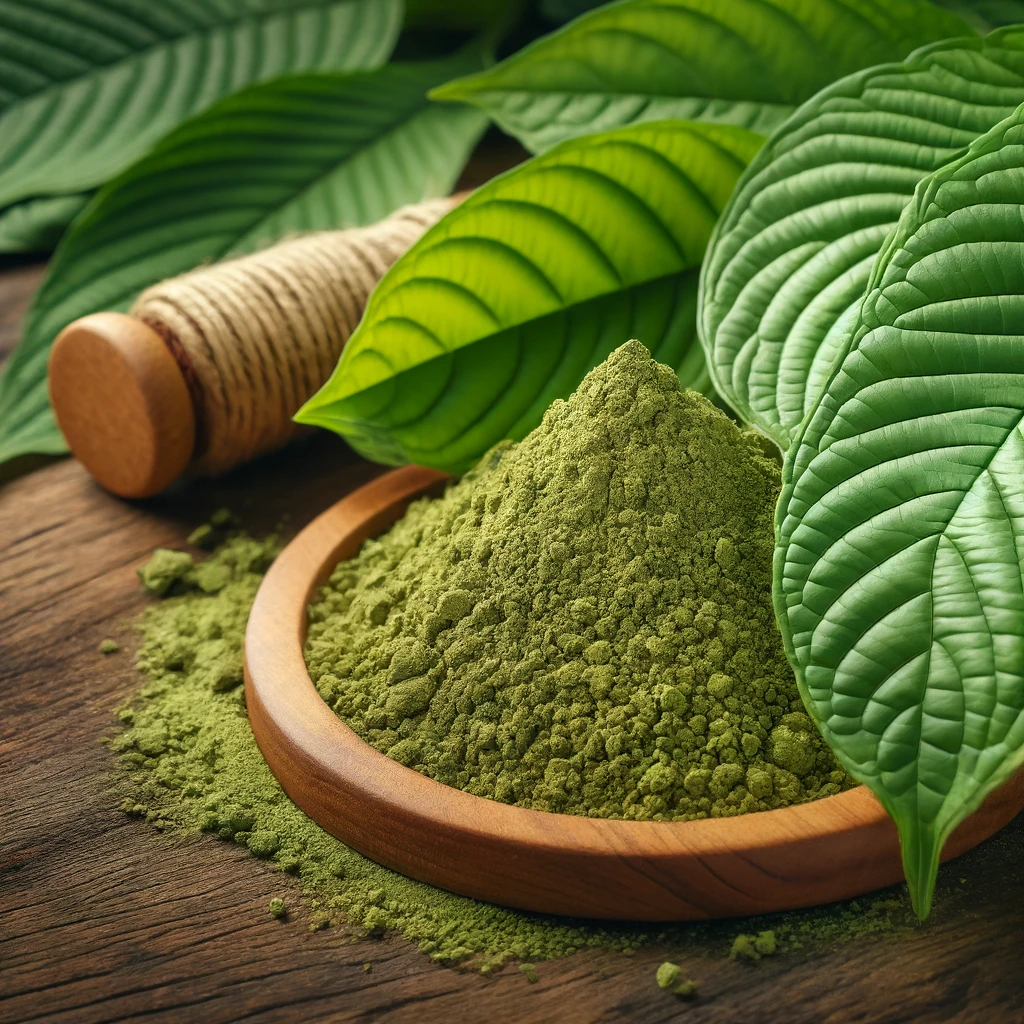
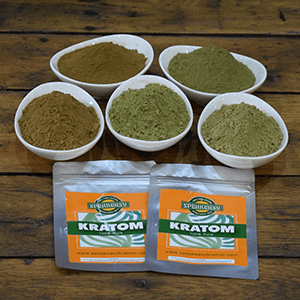

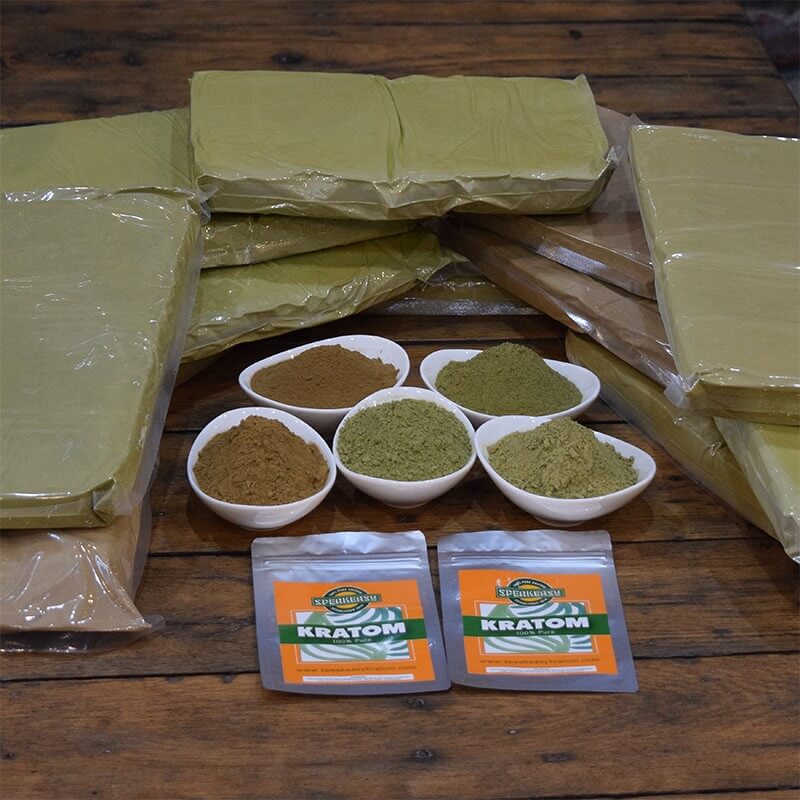
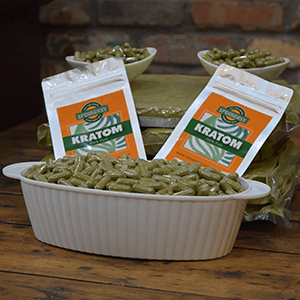

Leave a comment